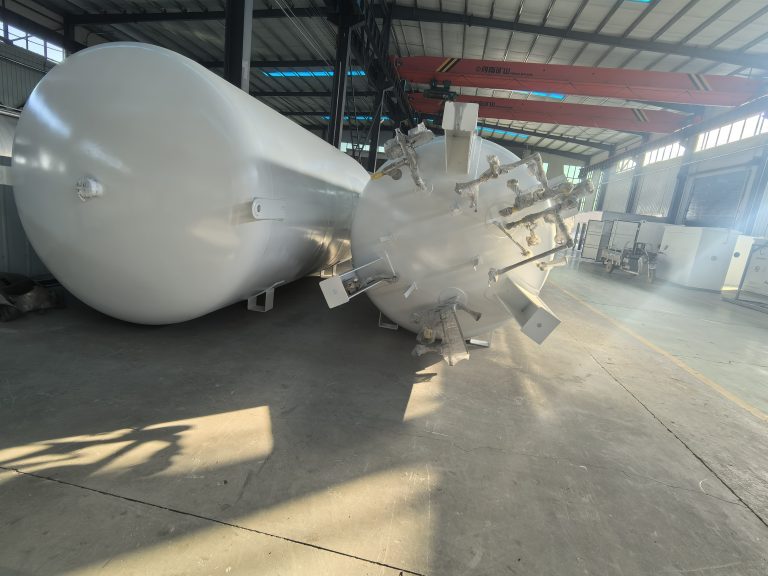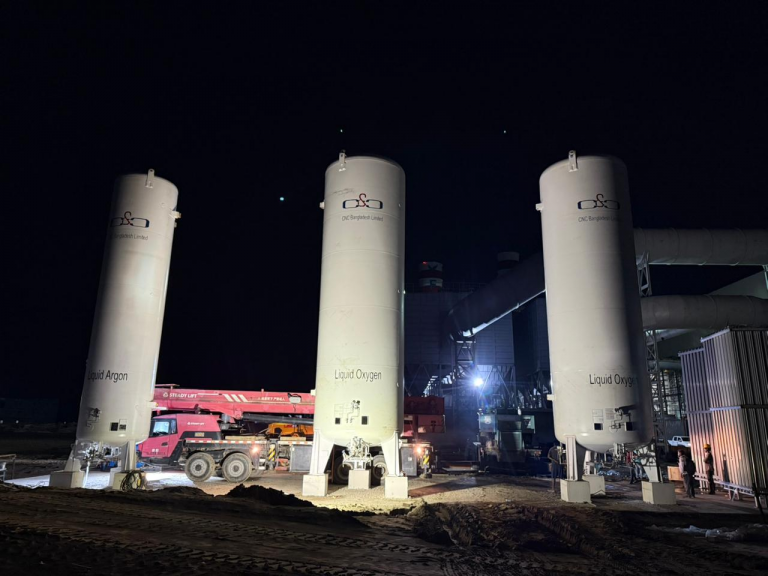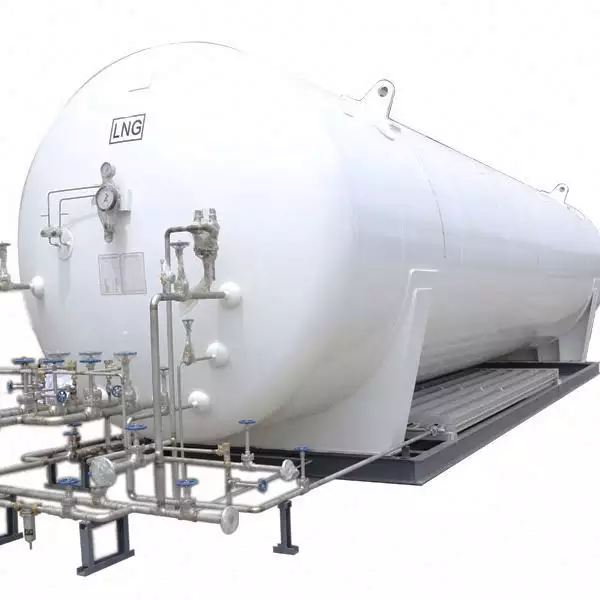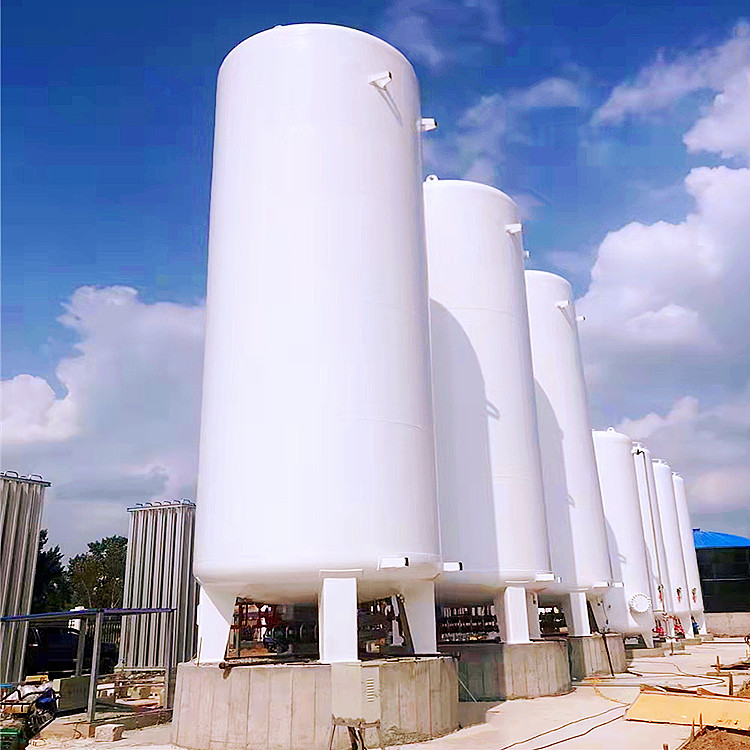Although LNG storage tanks have good insulation performance, they cannot prevent BOG from occurring. Generally, the pressure control of the storage tank is slightly 5kPa higher than the external atmospheric pressure. If BOG cannot be discharged in time, the LNG storage tank may be overpressurized. Conversely, if the pumping volume of the BOG compressor is too large, it will cause negative pressure in the storage tank. Whether it is overpressure or negative pressure, it will pose a serious threat to LNG storage tanks.
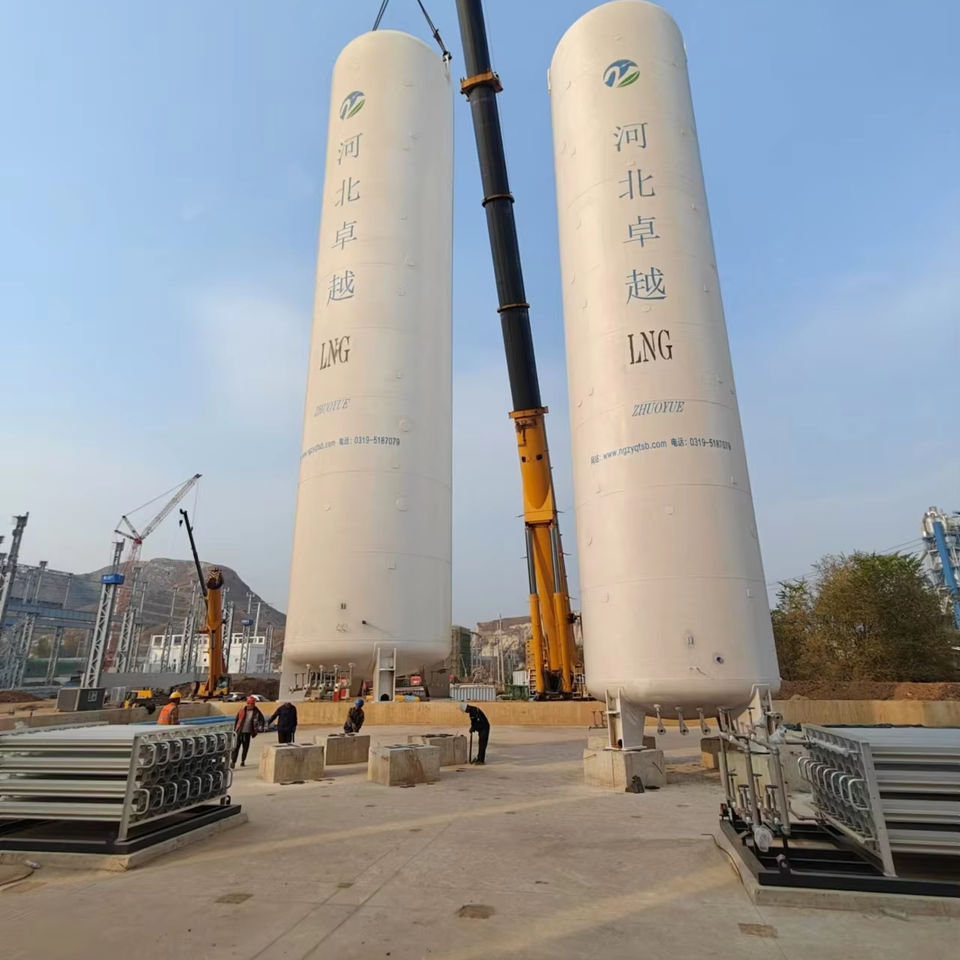
The overall idea of pressure control in LNG storage tanks is that the conventional pressure fluctuations caused by changes in atmospheric pressure, material entry and exit, and normal heat absorption are maintained by adjusting the pumping volume of the BOG compressor. In the event of a fire or rollover and other extreme situations where the tank pressure changes drastically, maintenance measures such as active vent valves, valves and breathing valves need to be set up. Therefore, they can be summarized into conventional pressure control systems and pressure maintenance systems. The conventional pressure control system regulates the pressure of the LNG storage tank by changing the pumping volume of the BOG compressor. When the pressure in the LNG storage tank exceeds the regulating capacity of the BOG compressor, the high-pressure pressure in the LNG storage tank should be released actively, while the low-pressure pressure should be promptly shut down and gas replenished.
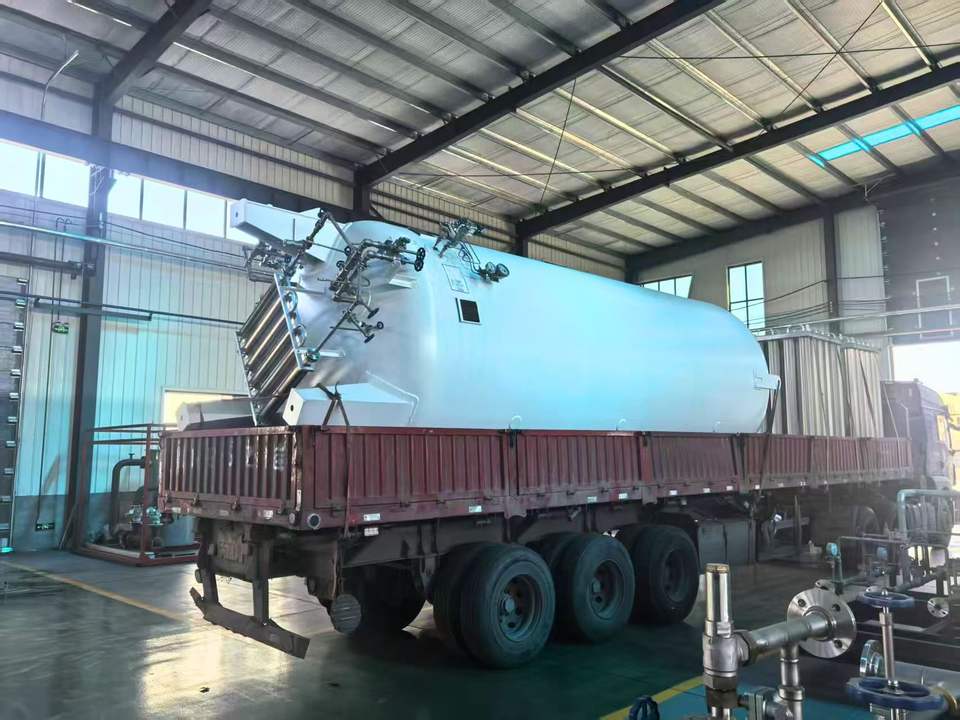
Three pressure transmitters are installed in the LNG storage tank to jointly detect the pressure of the LNG storage tank. The three pressure transmitters form a high-pressure interlock of three to two, jointly coordinating safety and availability. When any two or more of the three pressure transmitters reach the set high value, the top pressure relief valve of the tank is automatically opened to release the BOG into the flare system. If the pressure continues to rise, the tank valve will open automatically, directly discharging BOG into the atmosphere.



